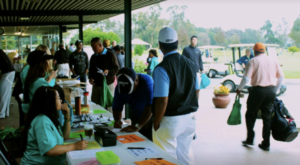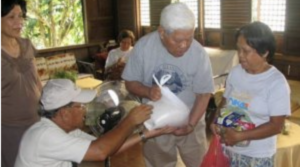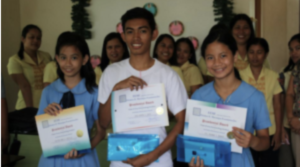Biography of Nicanor Castillo Marasigan
Written in Tagalog by his wife Petra Evangelista Marasigan (Translated to English by his Grandson, B. Marasigan) September 19, 1982
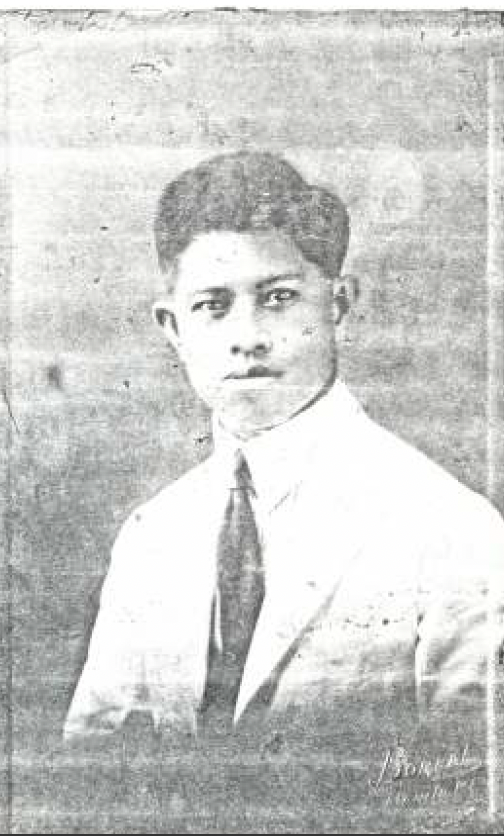
(1890-1970)
(Larawang kuha noong 1923)
Young Nicanor
Normally an eight-year-old boy would be in second grade and when stranded in Quiapo, Manila during the procession of the black Nazarene, he would be able to talk to a policeman, state his name, his parent’s name, his address in Manila and his home province. Not so with young Nicanor C. Marasigan. Having little education like most of the young boys his age from the province, he was practically dumb.
It was early dawn on May 3, 1898 when the eight year old Nicanor put on his one and only pair of pants and a shirt made of abaca fabric. Barefooted, he and his father walked for five kilometers to Bauan to attend the town fiesta. First they attended the mass; then they wandered around watching various shows and games. In the commotion, little Nicanor got separated form his dad and when he realized that he was lost he started crying. A sympathetic man approached him to offer help. When asked what his name was, he answered “Canor”. But other than his first name, he knew nothing else. He did not know his last name. He did not even know his father’s name because during those times it was disrespectful to mention the elders’ names. He could not even tell where he lived and in what barrio. All he could say was that “our neighbor’s name was Oreste and there’s a “sampaloc”(tamarind) tree in front of their house with bamboos leaning on it. Just lead me to “munting agbang” (little gorge) and I could find my way home”, he pleaded. Not knowing how to process the information given to him by the boy, the man hoisted him up the stage of a performing magician where everyone was watching. Nicanor felt like a fool who got lost in the forest and the multitudes of people there were the trees. He was lucky that his father, who was as worried as he was, spotted him.
That episode became a good lesson for him, and it instilled in his mind the value of being knowledgeable because if he were not dumb he could have answered everything asked to easily find his father and his home. He realized and visualized that education would be the key to the door to progress for the two barrios of Inicbulan and Rizal (then called Calaca). He resolved to learn and teach the people to rid themselves of old beliefs and superstitions which hampered the progress of the two barrios.
It was not until he was 11 years old when he finally got his chance to learn.
In 1901, the Americans opened a public school in the town of Bauan. It was the chance Nicanor was waiting for – to learn and eventually teach the people of the two barrios the value of education.
Nicanor Castillo Marasigan was born in May 8, 1890 in Inicbulan, Bauan, Batangas. His father was Gregorio Marasigan from Rizal and his mother’s name was Telesfora Castillo from Inicbulan. Nicanor was the fifth of seven children. The oldest was Teodora who became the wife of Ruperto Gonda; Severa married Bernabe Mendoza; Julian who married Antonia Gamo; Canuto who married Filomena Ilagan; Nicanor married Petra Evangelista (daughter of Kabesang Segundo Evangelista and mid-wife Romana Gonda); Maria who married Melecio Maniebo Ilagan, and the youngest was Jose who never got married and in 1927 became the first among the Marasigan family to come to America.



It was during the Spanish occupation of the Philippines when Nicanor was born. He was six years old when the Filipinos under the command of Emilio Aguinaldo revolted against the Spaniards. In 1898, the Americans came to help the army of General Aguinaldo to defeat the Spaniards. They were victorious but the Americans who once were the allies became the enemies. They decided to keep the Philippines Ladies wearing 1900 Maria Clara Dress Typical house and a farmer with carabaos going to work Teens on work clothes 1900 3 of 18 for themselves. Understandably, the Filipinos revolted once more but the American proved to be very strong. General Aguinaldo and most of his armies were forced to surrender – all except one general and his army from Batangas – General Miguel Malvar (His daughter eventually became the wife of Feliciano Leviste , who became the governor of Batangas in 1947. Leviste fondly called his wife “Barracuda”).

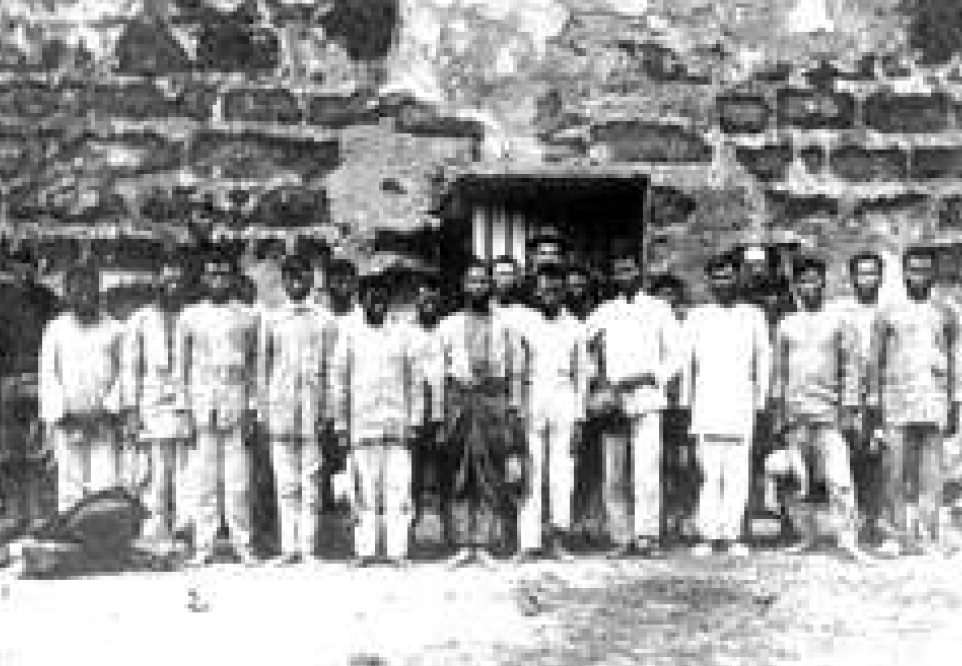
General Malvar and his men took positions on the mountains of Batangas and gave the Americans a tough fight. In 1901, the Americans put everyone in Batangas under strict curfew after many failed attempts to defeat General Malvar. No one could leave town and those caught doing so were shot on the spot. Finally, General Malvar surrendered on April 16, 1902, to save the natives of Batangas from further harm from the Americans.
After the war, the Americans established a military camp in Bauan on the spot where the town hall is now located. Young Nicanor would go there and observed how the Americans went about their businesses. He loved horses and was fascinated by the beauty of the American horses. He observed the cleanliness and prosperity in the camp. He noted that the American toilets (called Latrine toilets) were made from deep holes on the ground as opposed to the system practiced by the Spaniards – where waste matters were scattered on the backyards for the animals to consume. What surprised him most was the gentleness of the Americans towards the Filipino children unlike their cruelty during the war and unlike the cruelty of the Spaniards towards the Filipinos.
